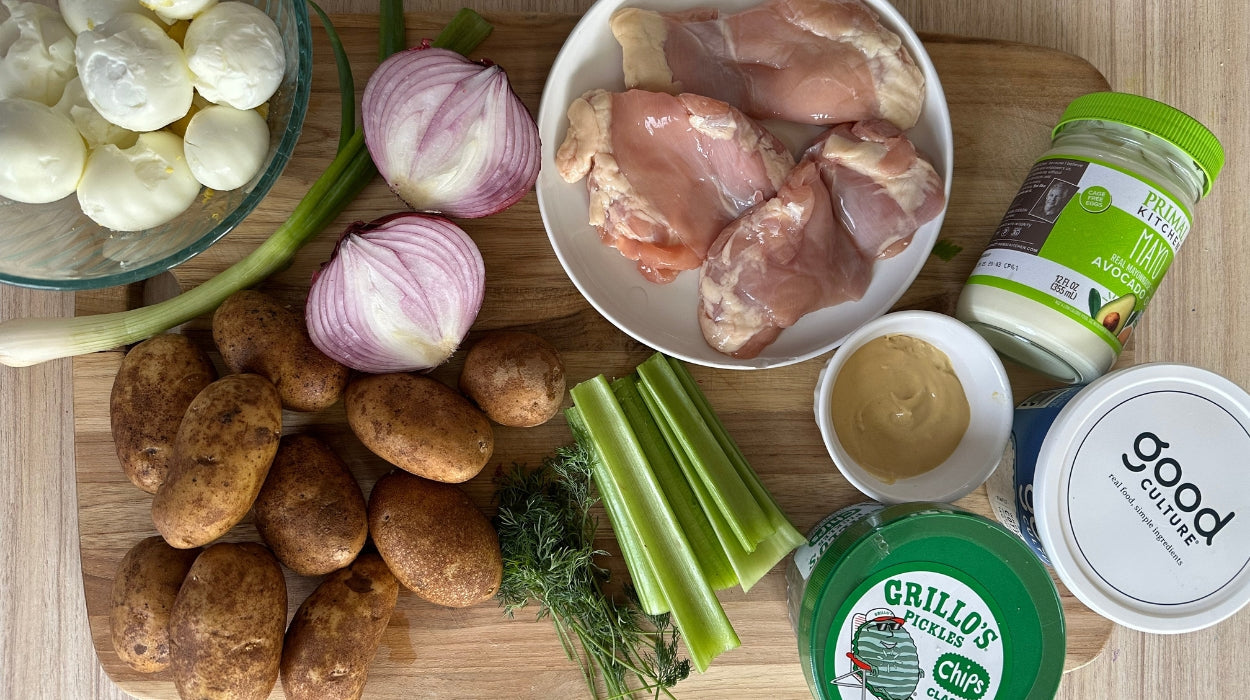Carbon Sequestration: When small farms become big heroes

Carbon: It’s the building block of all life, but lately, it’s become the villain in the climate crisis narrative. Why? Because it's in the wrong place. Instead of enriching the soil or sprouting from plants, it’s floating around in the atmosphere, trapping heat and contributing to global warming. But what if we could turn this around — with the help of our farms?
If you’re not familiar with the carbon cycle, here’s a quick breakdown: it starts with atmospheric CO2 (carbon dioxide), water, and sunlight. These elements are converted into new plant material through photosynthesis. As plants die or are eaten by animals, some CO2 is released back into the atmosphere, while some is stored underground.
However, since the industrial revolution, humans have disrupted this natural cycle by harvesting stored carbon and disturbing our precious topsoil. The imbalance is clear: there’s too much carbon in the atmosphere and not enough in the earth.
Big Ag, with its rolling fields of monocultures and mismanagement of animal waste accounts for roughly 20% of greenhouse gas emissions, with figures rising due to the growing population and greater demand for cheap food. That’s 16.2 billion tonnes of (CO2eq) annually.
How We’re Fighting Back
While industrial farming has been a significant cause of this imbalance, sustainable farming methods are part of the solution. These practices help reverse the trend by restoring balance to the carbon cycle. So, how can a farm transform from a carbon emitter to a carbon sink?
No-Till Farming
One of the first steps is implementing a no-till method. This involves leaving crop residue on the soil and planting without disturbing the soil too much. By doing this, farmers preserve soil structure and prevent the release of carbon stored beneath the surface.
Pasture-Raised Livestock
Next, there’s the practice of pasture-raising livestock. When animals roam freely on the land and graze alongside crops, they naturally help return carbon to the soil, especially when farmers practice rotational grazing. This method ensures that livestock move from one paddock to the next, allowing the land to rest and regenerate between grazings. The benefits include reduced soil erosion and increased carbon storage in the soil.
Cover Crops
After the main crop is harvested, cover crops are planted to prevent soil erosion. These crops have multiple benefits: improving water quality, reducing the need for fertilizers, minimizing soil compaction, and increasing soil fertility.
Excluding Artificial Chemicals
A sustainable farmer avoids using pesticides and synthetic fertilizers. Instead, they turn to organic alternatives like compost, manure, and cover crops. These natural methods enrich soil biology and improve carbon retention in the earth.
Here at Grass Roots, our farmers are committed to working with the environment, not against it. While these carbon-sequestering techniques may require more labor from farmers, they are truly a labor of love. By supporting sustainable farms, you’re directly helping to sequester carbon from the atmosphere and return it to the soil. Carbon sinks, like forests, wetlands, and farms, are essential for a healthier, more sustainable future.
Happy Earth Month and Happy eating!
If you’d like to read more about how our farms are helping to mitigate the climate crisis, check out our blogs here:
Recent Posts






